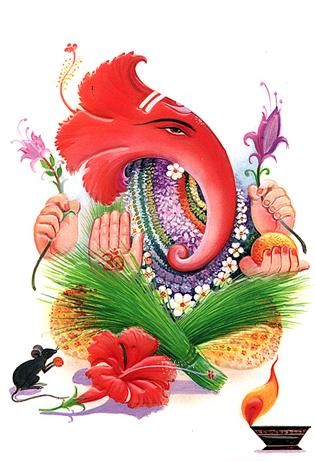The divine poetry
INNER VOICE |Renuka Narayanan
April 19, 2006
Brinda and T Mukta, the yesteryear duo of honourable musical lineage, make you think inevitably of the dynamics of మాధుర్య భక్తి (maadhurya bhakti) (“honeyed devotion”).
This is most graphically expressed in very physical terms, by the 17th century Telugu composer Kshetragna, also called క్షేత్రయ్య (Kshetrayya). Many of us may know Kshetragna through the late scholar-poet AK Ramanujan. Provocatively called When God Is A Customer his translation of Kshetragna’s erotic padams can make prudes faint.
The పదం (padam) was basically composed for a దేవదాసి (devadasi) to dance to and expresses the fervent love of the composer for God. These delicious love songs are usually sung at a slow pace and are still vehicles for the modern dancer to exhibit her skill in conveying emotion. More, she is expected, as a brave and solitary figure, to weave a magic web, to create a forcefield of feeling, into which she draws us, the spectators. We’re supposed to transcend with her, through the lyrics, music and dance, to a sense of one-ness with the One.
Kshetragna is applauded as the master of this delicate, complex form. Not much is known about him except that his real name was Varadayya, he belonged to the Andhra village of మువ్వ (Muvva) and his padams are always about his village deity, మువ్వ గోపాల (Muvva Gopala) (Krishna).
But hark at T. Subba Row’s Theosophical Society notes on the Bhagvad Gita 13:1-4: “O son of Kunti, this body is called Kshetra (Upadhi or vehicle). That which knows this (Kshetra) the wise call Kshetragna (the real self or Ego).
Courtesy: Hindustan Times



1 Comments:
ysl handbags
yeezy boost 350 v2
nike zoom
ysl
moncler jacket
kate spade outlet
air max 2018
longchamp bags
van cleef arpels
nike roshe run
goyard handbags
Post a Comment
<< Home